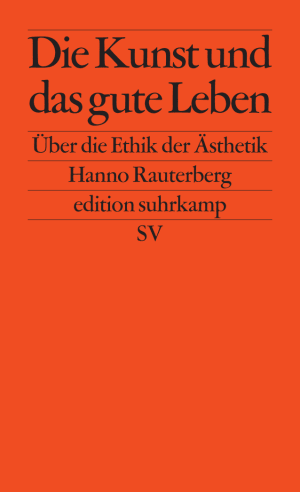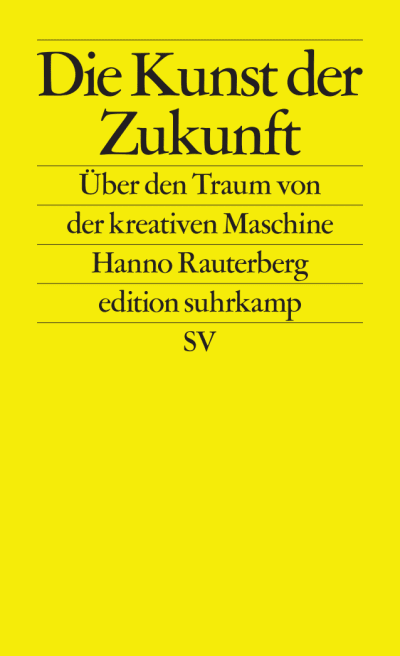Computers paint like Rembrandt, compose like Bach, write novels and poems. If it were up to digital corporations, this would be just the beginning. Artificial creativity is the new key objective: Machines are destined to become artists, as autonomous and gifted as people.
In his essay, Hanno Rauterberg describes the vigour with which this future art is being developed. And he ponders the consequences of the imminent epochal change: How is humanity’s self-image going to change?...
Computers paint like Rembrandt, compose like Bach, write novels and poems. If it were up to digital corporations, this would be just the beginning. Artificial creativity is the new key objective: Machines are destined to become artists, as autonomous and gifted as people.
In his essay, Hanno Rauterberg describes the vigour with which this future art is being developed. And he ponders the consequences of the imminent epochal change: How is humanity’s self-image going to change? And what does it say about a society when it doesn’t merely expect logic from computers but also metaphysics, truth and transcendency? Will algorithms become the new creative deities – and thus make politics redundant?
» ... clever and, as always, exceptionally researched.« kulturbuchtipps.de on Wie frei ist die Kunst?
» ... clever and, as always, exceptionally researched.«...
Persons
Hanno Rauterberg
Hanno Rauterberg, born in 1967, holds a PhD in art history and is editor of DIE ZEIT’s feuilleton. In his writings on art and architecture, he focuses on aesthetics and the relevance of art for society.
Hanno Rauterberg, born in 1967, holds a PhD in art history and is editor of DIE ZEIT’s feuilleton. In his writings on art and...
OTHER PUBLICATIONS

How Free is Art?
Paintings are taken down from the walls, sculptures destroyed, film heroes erased: a mighty cultural conflict is spreading through museums, cinemas and theatres. Does it threaten the end of...
Sweden (Daidalos)

Art and the Good Life
Korea (Silcheon Munhak)
